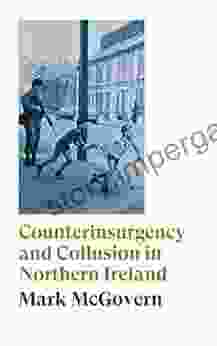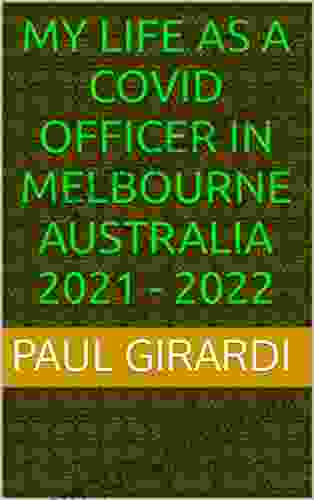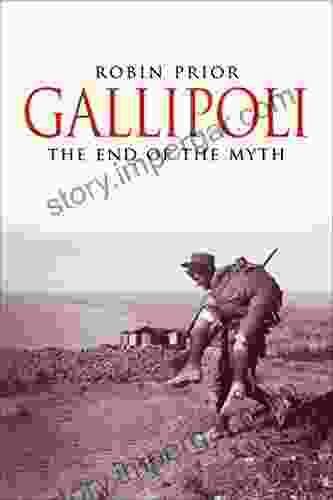Counterinsurgency and Collusion in Northern Ireland: A Shadow of Violence

The Troubles in Northern Ireland, a decades-long conflict between Irish nationalists and British unionists, was a dark chapter in the region's history. At the heart of this conflict lay a complex and controversial web of counterinsurgency measures and collusion between paramilitary groups and state forces.
The Roots of the Conflict
The Troubles had its roots in centuries-old tensions between the largely Catholic nationalist community, which sought a united Ireland, and the mainly Protestant unionist community, which wished to remain part of the United Kingdom. These tensions were exacerbated by decades of British rule, which was perceived by many nationalists as oppressive and discriminatory.
4.7 out of 5
| Language | : | English |
| File size | : | 773 KB |
| Text-to-Speech | : | Enabled |
| Screen Reader | : | Supported |
| Enhanced typesetting | : | Enabled |
| Word Wise | : | Enabled |
| Print length | : | 247 pages |
| X-Ray for textbooks | : | Enabled |
In the late 1960s, a civil rights movement emerged in Northern Ireland, demanding equal treatment for Catholics. This movement sparked a violent backlash from both loyalist paramilitary groups, such as the Ulster Volunteer Force (UVF),and the British Army, which was deployed to quell the unrest.
Counterinsurgency and Paramilitary Groups
As the conflict intensified, the British government adopted a counterinsurgency strategy that involved both military and political measures. The military response included the use of internment without trial, aerial surveillance, and house searches. The political response focused on reforms aimed at addressing nationalist grievances.
This counterinsurgency strategy was met with mixed results. While it did succeed in reducing the level of violence, it also alienated large sections of the nationalist community and led to accusations of human rights abuses.
During this period, paramilitary groups on both sides of the conflict emerged and played a significant role in the violence. These groups, including the Irish Republican Army (IRA) and the Ulster Defence Association (UDA),engaged in bombings, assassinations, and other acts of terrorism.
Collusion and the Role of Intelligence Agencies
One of the most controversial aspects of the Troubles was the alleged collusion between paramilitary groups and state forces, including the British Army and the Royal Ulster Constabulary (RUC). This collusion took many forms, including the sharing of intelligence, the provision of weapons, and the targeting of civilians.
The extent of collusion has been the subject of much debate and investigation. Several public inquiries have concluded that there was widespread collusion, particularly during the early years of the Troubles. These inquiries have also found that intelligence agencies, such as the British Secret Service (MI5),were involved in collusion.
The Devastating Consequences of Collusion
The collusion between paramilitary groups and state forces had devastating consequences for the people of Northern Ireland. It fueled the cycle of violence, led to the deaths of innocent civilians, and undermined trust in the authorities.
Among the most notorious examples of collusion is the case of the Loughinisland massacre, in which six Catholic civilians were murdered by the UVF in 1994. The subsequent inquiry found that there was collusion between the UVF and the RUC.
Truth and Reconciliation
The Good Friday Agreement, signed in 1998, brought an end to the Troubles. This agreement established a power-sharing government in Northern Ireland and created the Independent Commission on Policing (ICP) to investigate allegations of collusion.
The ICP's report, published in 2000, found that there was "collusive relationships" between the RUC and loyalist paramilitary groups. The report also made a number of recommendations for reforms to the police service.
The search for truth and reconciliation in Northern Ireland is ongoing. Several victims' groups have been established to provide support for those affected by the conflict. There have also been a number of public inquiries and investigations into the past.
The story of counterinsurgency and collusion in Northern Ireland is a complex and tragic one. It is a story of violence, betrayal, and the devastating consequences of a conflict that divided a community for decades.
The Good Friday Agreement brought an end to the Troubles, but the legacy of the conflict remains. The search for truth and reconciliation continues, and the wounds of the past are still being healed.
4.7 out of 5
| Language | : | English |
| File size | : | 773 KB |
| Text-to-Speech | : | Enabled |
| Screen Reader | : | Supported |
| Enhanced typesetting | : | Enabled |
| Word Wise | : | Enabled |
| Print length | : | 247 pages |
| X-Ray for textbooks | : | Enabled |
Do you want to contribute by writing guest posts on this blog?
Please contact us and send us a resume of previous articles that you have written.
 Book
Book Novel
Novel Page
Page Chapter
Chapter Text
Text Story
Story Genre
Genre Reader
Reader Library
Library Paperback
Paperback E-book
E-book Magazine
Magazine Newspaper
Newspaper Paragraph
Paragraph Sentence
Sentence Bookmark
Bookmark Shelf
Shelf Glossary
Glossary Bibliography
Bibliography Foreword
Foreword Preface
Preface Synopsis
Synopsis Annotation
Annotation Footnote
Footnote Manuscript
Manuscript Scroll
Scroll Codex
Codex Tome
Tome Bestseller
Bestseller Classics
Classics Library card
Library card Narrative
Narrative Biography
Biography Autobiography
Autobiography Memoir
Memoir Reference
Reference Encyclopedia
Encyclopedia Matty Weingast
Matty Weingast Rebecca Stefoff
Rebecca Stefoff Naomi Fineberg
Naomi Fineberg Roger Dooley
Roger Dooley Martin Mulligan
Martin Mulligan Robert Asher Mandel
Robert Asher Mandel Margaret Brown Klapthor
Margaret Brown Klapthor Mario Vargas Llosa
Mario Vargas Llosa Mary Ann Kirkby
Mary Ann Kirkby Vivian Vande Velde
Vivian Vande Velde Mark Timothy Webb
Mark Timothy Webb Walter Bagehot
Walter Bagehot Mary Nurriestearns
Mary Nurriestearns Mark Higgitt
Mark Higgitt Mary Siisip Geniusz
Mary Siisip Geniusz Ramesh H
Ramesh H Patrick P Long
Patrick P Long Robert Davis
Robert Davis Mark E Schlesinger
Mark E Schlesinger Mark Blackard
Mark Blackard
Light bulbAdvertise smarter! Our strategic ad space ensures maximum exposure. Reserve your spot today!

 Hector BlairCelebrate the Persian New Year with Happy Norouz Persian Yearbook by Mason...
Hector BlairCelebrate the Persian New Year with Happy Norouz Persian Yearbook by Mason...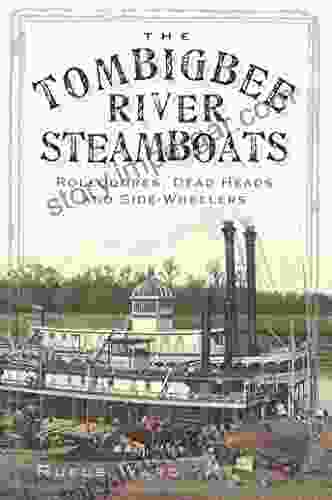
 Thomas PynchonRollodores, Dead Heads, and Side Wheelers: A Journey Through the Golden Age...
Thomas PynchonRollodores, Dead Heads, and Side Wheelers: A Journey Through the Golden Age... Felix HayesFollow ·5k
Felix HayesFollow ·5k Dakota PowellFollow ·11.3k
Dakota PowellFollow ·11.3k Brenton CoxFollow ·3.8k
Brenton CoxFollow ·3.8k John KeatsFollow ·14.3k
John KeatsFollow ·14.3k Patrick HayesFollow ·14.3k
Patrick HayesFollow ·14.3k Tom HayesFollow ·5.1k
Tom HayesFollow ·5.1k Ken FollettFollow ·18.8k
Ken FollettFollow ·18.8k Jack PowellFollow ·11.3k
Jack PowellFollow ·11.3k
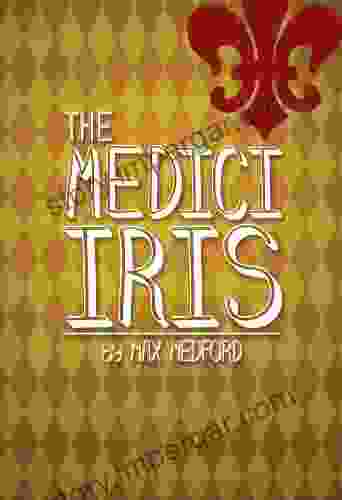
 Roberto Bolaño
Roberto BolañoUnveiling the Beauty and History of the Medici Iris: A...
In the realm of...
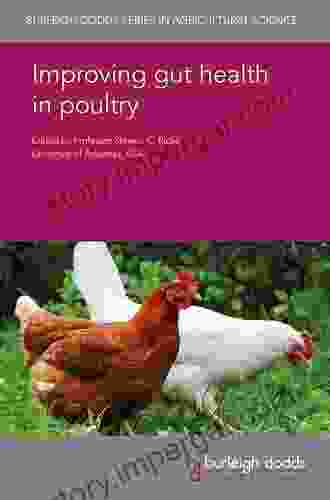
 Theodore Mitchell
Theodore MitchellImproving Gut Health in Poultry: Unlocking the Path to...
In the ever-evolving field of...

 Victor Hugo
Victor HugoPersonalized Medicine with a Nanochemistry Twist:...
The future of healthcare...

 George Martin
George MartinA Year Of Wine: Perfect Pairings Great Buys And What To...
## Year of Wine: An Epic Journey Through the...
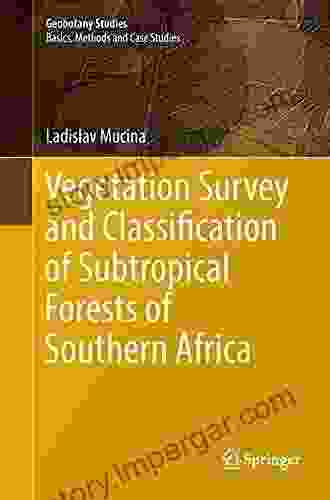
 Tom Hayes
Tom HayesDelve into the Enigmatic World of Southern Africa's...
Embark on a captivating journey through the...
4.7 out of 5
| Language | : | English |
| File size | : | 773 KB |
| Text-to-Speech | : | Enabled |
| Screen Reader | : | Supported |
| Enhanced typesetting | : | Enabled |
| Word Wise | : | Enabled |
| Print length | : | 247 pages |
| X-Ray for textbooks | : | Enabled |


